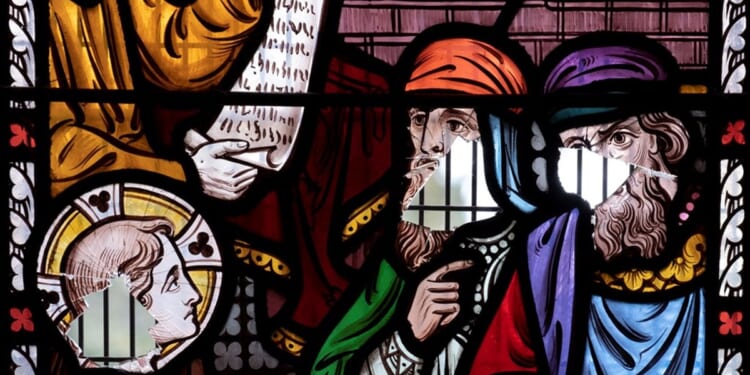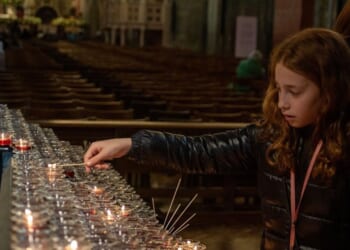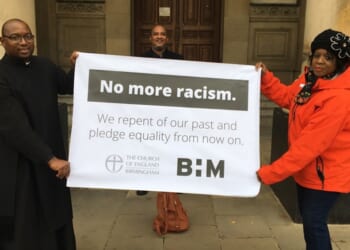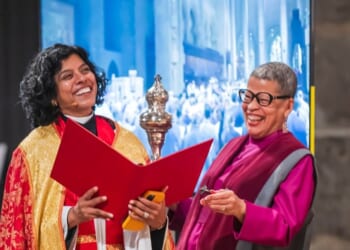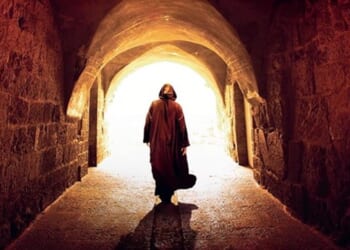FIVE per cent of the respondents to the latest National Churches Trust (NCT) survey say that their church will either “definitely” or “probably” be closed as a place of worship by 2030.
The findings of the survey of 3628 churches of all denominations across the UK were published on Tuesday in the report Giving Every Church a Voice. There are an estimated 38,500 churches, chapels, and meeting houses in the UK, about half of which are listed buildings, the report says.
One in ten respondents reported that their church building required urgent repair within the next 12 months. Roof repairs, guttering, drainage, and heating were identified as the most pressing issues.
The report warns that climate change is a contributing factor: with “heavier rainfall and more frequent storms, churches face having to anticipate weather extremes that accelerate wear and tear on their buildings”.
Almost all respondents (90 per cent) reported that their building was “purpose-built for worship”, and 80 per cent said that their building held services “at least once a week, if not more”.
Many had also adapted to modern needs. More than half of those surveyed in the first half of the year said that their church was used by other organisations at least once a week. More than three-quarters (76 per cent) hosted community groups, 56 per cent distributed food, 49 per cent hosted youth groups, and 34 per cent offered mental-health support.
The survey also found that 85 per cent would expand community support for their church if they had more resources.
One of the main issues was a shortage of volunteers. Of all respondents, 83 per cent said that “the successful management of their buildings depends on an active body of volunteers”. Yet 45 per cent said that a “lack of volunteer time” limited the ability to provide more community activities. In a similar NCT survey in 2010, this figure was 22 per cent.
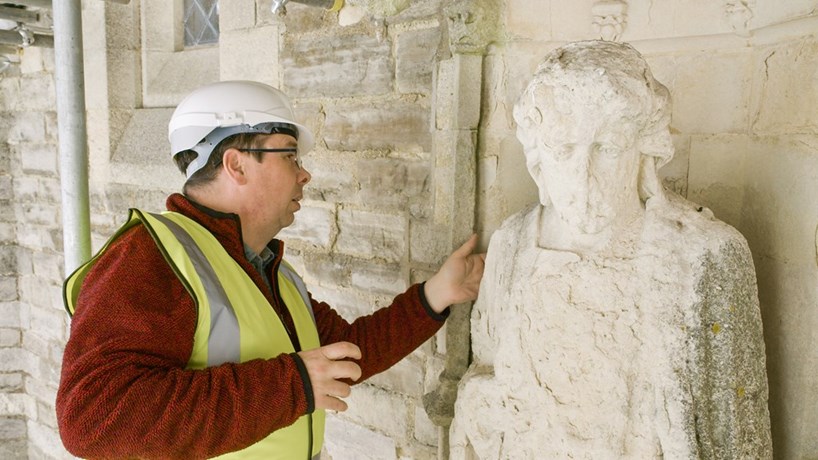 Intrepid Media/NCTRepairs being undertaken at Newport Minster, on the Isle of Wight
Intrepid Media/NCTRepairs being undertaken at Newport Minster, on the Isle of Wight
The report says: “Volunteers are the hidden engine of church life, and without them so many aspects would grind to a halt. They are often how doors are unlocked, choirs can sing, food is distributed and young people find safe spaces to belong, along with supporting the clergy in immeasurable other ways. The contribution of this unseen workforce is immense.”
The NCT reports that the average congregation now relies on 265 hours of unpaid service every month. When questioned what practical assistance would help churches to expand, 70 per cent of respondents said that “more volunteers” would be the single most helpful form of support.
Writing in the foreword, the NCT’s chairman, Sir Philip Rutnam, said that the findings indicated “both the scale of what is at stake and the hope that continues to shine through. Churches are not passive relics of the past; they are active, living places, powered by volunteers and sustained by communities who depend on them.”
He continued: “Without intervention the risks are high — we risk losing these buildings and all they embody — for good. Let us rise to that call, so that churches, chapels and meeting houses continue to stand as beacons of hope in the United Kingdom now and for many generations to come.”
The findings were presented at a “Great Expectations” conference to debate the future of the UK’s church buildings, held at the Victoria and Albert Museum. In attendance were the Archbishop of York, the actor and comedian, Hugh Dennis, and the Duke of Gloucester, as well as church and heritage leaders from England, Scotland, Wales, and Northern Ireland.
The deputy chief executive of the NCT, Karl Newton, who managed the survey, said: “Buildings are deteriorating ,with over a third of church roofs at risk or in urgent need of repair, volunteers needed to run churches are in short supply and for many, money is running out.
“But the 2025 National Churches Survey also has positive news. The majority of churches provide vital support for local people, continue to safeguard precious local heritage and most now have accessible entrances and loos and kitchens, making them user-friendly places of worship and community hubs.”

